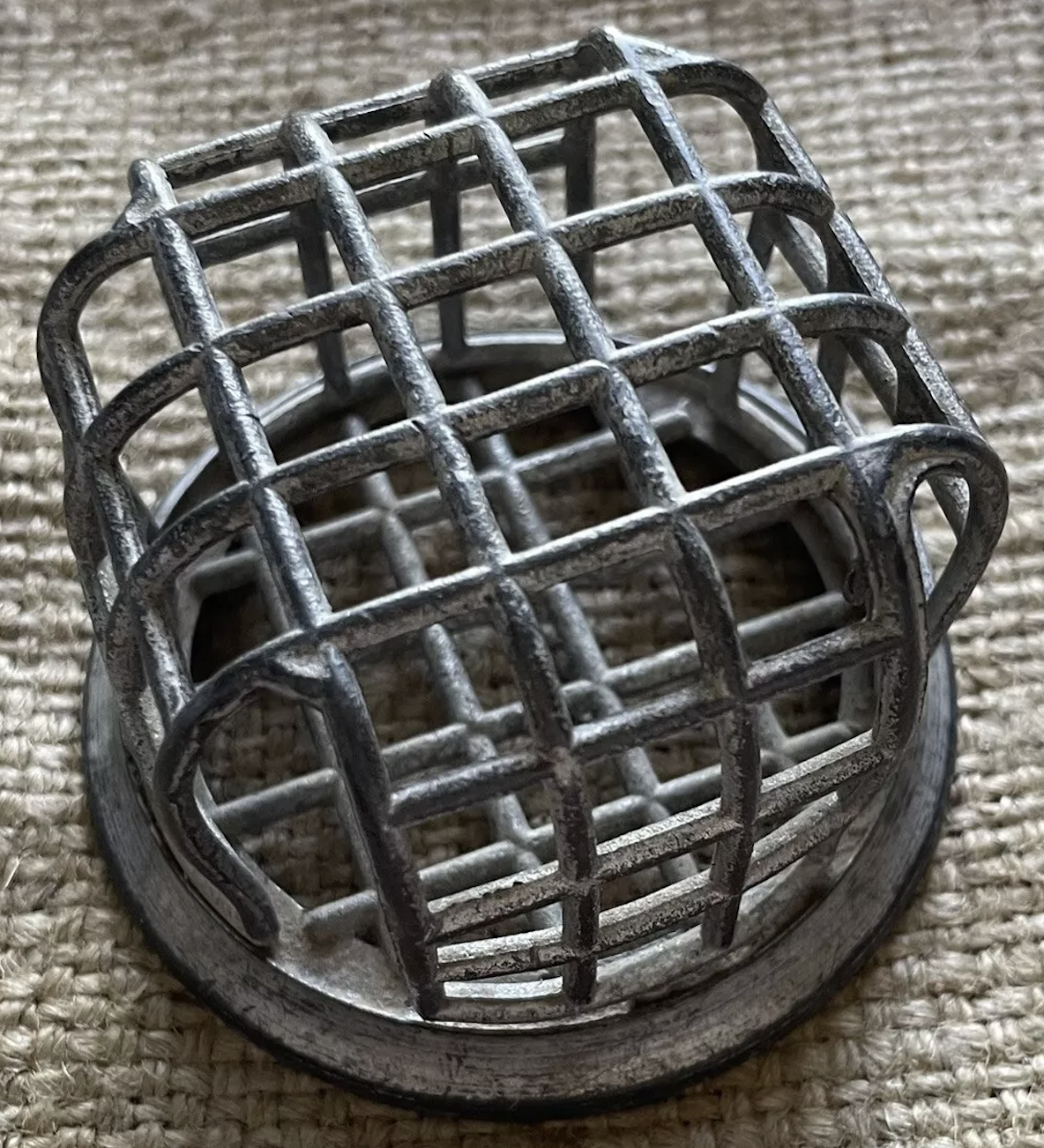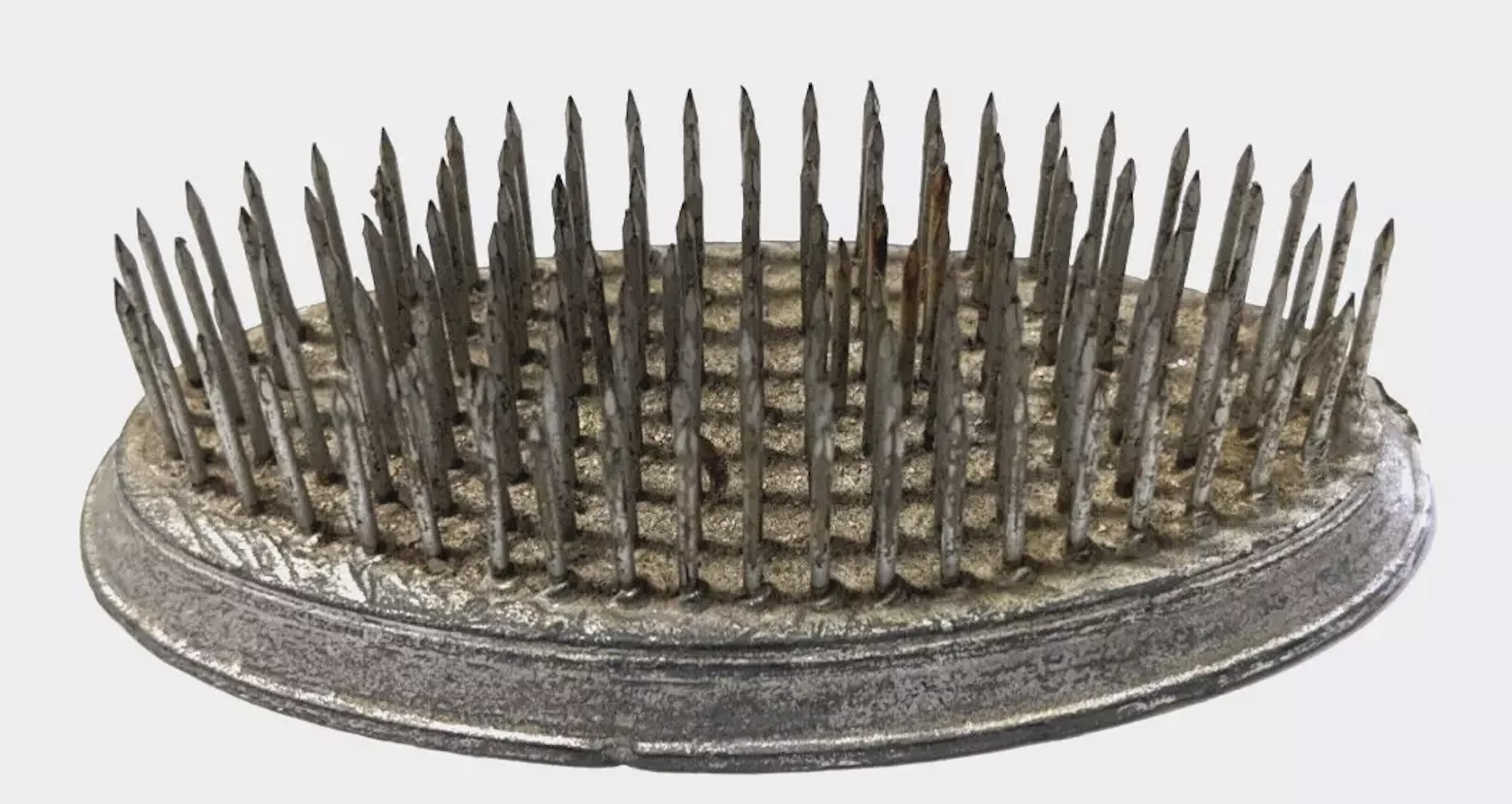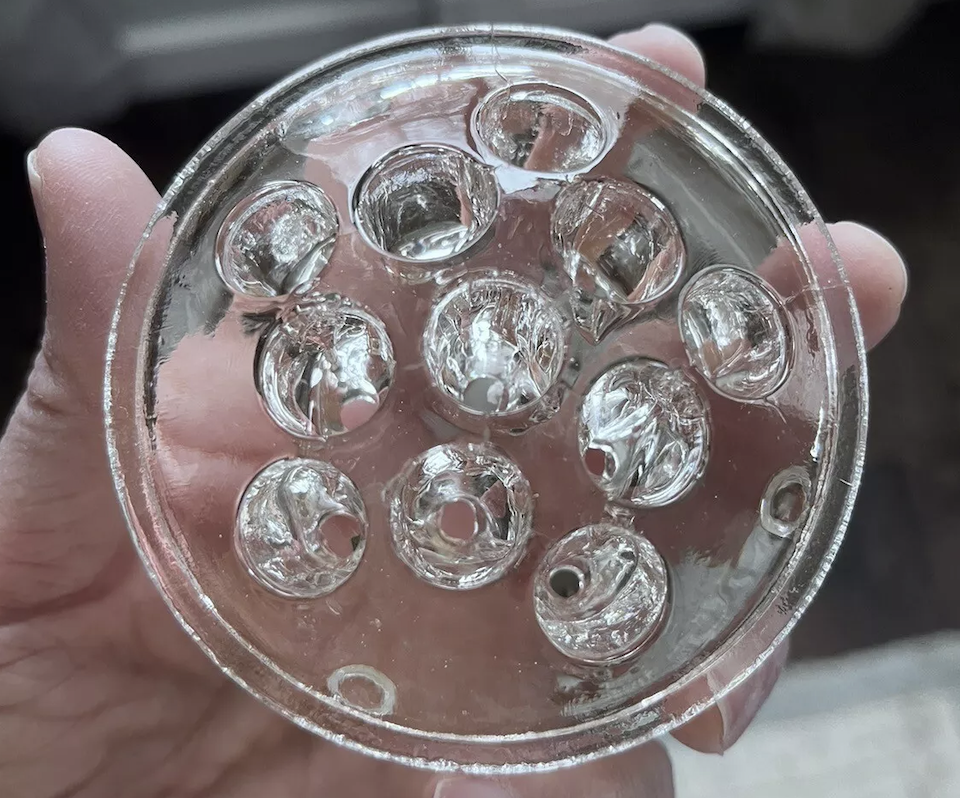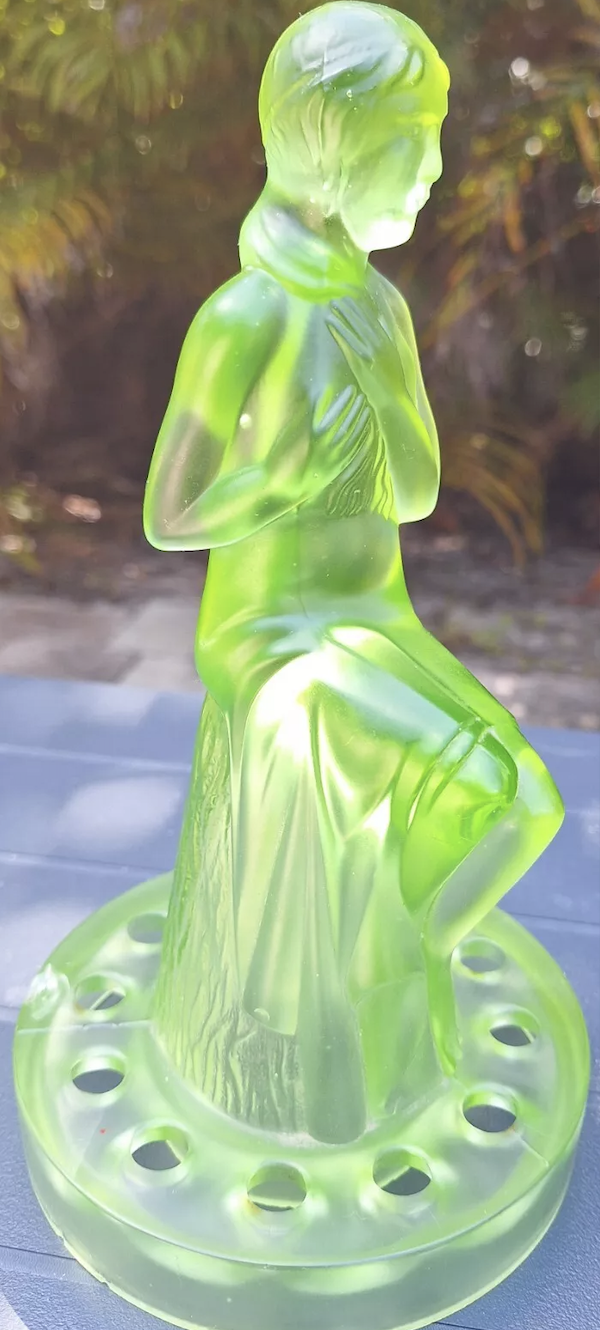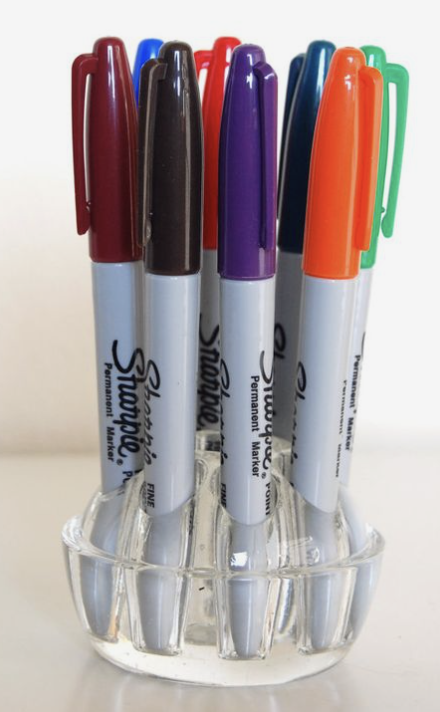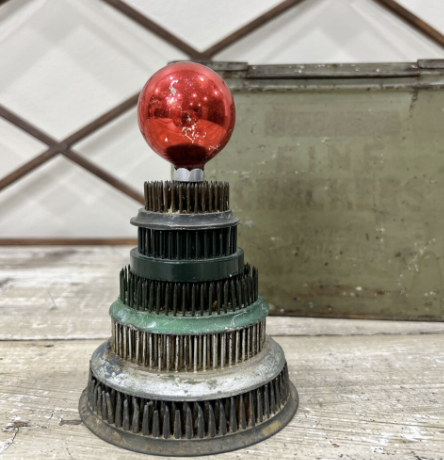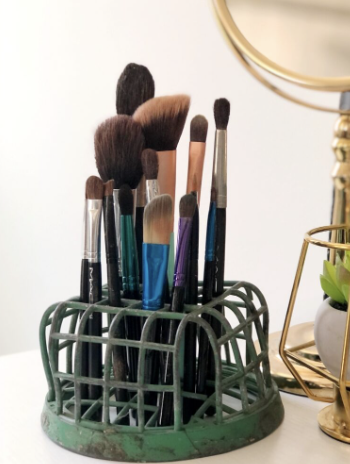In the world of floral arrangements, there's a small yet mighty accessory that has quietly played a significant role for over a century—the flower frog. These unassuming devices, with their intricate designs and practical utility, have a rich history that stretches back to the 14th century. Join me on a journey as we explore the evolution of flower frogs, their diverse types, alternative uses, and their emergence as coveted collectibles.
The term "flower frog" may conjure up images of amphibious creatures, but in the realm of floristry, it refers to a tool used to anchor stems in a vase or container. The concept of flower frogs originated in US in the late 19th century when all things Japanese were popular. Perhaps it was the holder sitting in water where the term frog came from? Sometimes you’ll see the term ikebana but this is not a traditional Japanese term.
Regardless, as the popularity of floral design grew in Western countries, so did the demand for flower frogs. In the early 20th century, American manufacturers began producing their own versions, often made of glass, ceramic, or metal. These designs ranged from simple grids to elaborate shapes, reflecting the aesthetic preferences of different eras.
Types of Flower Frogs: Flower frogs come in a variety of shapes, sizes, and materials, each suited to different floral arrangements. Some common types include:
Metal Cage: Often made of brass or steel, these flower frogs feature a grid that hold stems in place.
Glass Domes: Characterized by a dome-shaped glass or ceramic base with holes for inserting stems, these flower frogs provide stability while showcasing the beauty of the container.
Figural Frogs: A whimsical twist on the traditional flower frog, these designs incorporate animal or human figures into their base, adding a playful touch to floral arrangements.
Pin Frogs: A modern variation on the classic flower frog, pin frogs feature a series of sharp pins protruding from a weighted base, offering excellent support for stems without obstructing the view.
Valuable Finds: While many flower frogs were mass-produced for practical use, some rare and unique designs have become highly sought after by collectors. Factors that contribute to the value of a flower frog include its rarity, craftsmanship, and historical significance. For example, antique flower frogs crafted by renowned artisans (think Weller, Wedgewood, Roseville) or featuring intricate designs can command high prices at auctions and antique markets.
Alternative Uses: Beyond their intended purpose in floral design, flower frogs have found new life as versatile household accessories. Creative individuals have repurposed these decorative tools in a variety of ways, from organizing office supplies to displaying jewelry. Their unique shapes and textures make them ideal for adding a touch of vintage charm to any space.
Collecting Flower Frogs: For enthusiasts with a passion for both floral design and vintage décor, collecting flower frogs can be a rewarding pursuit. Whether scouring antique shops for rare finds or scouring online marketplaces for hidden gems, collectors delight in discovering unique pieces that reflect different periods and styles. As with any collectible, knowledge and discernment are key, as the world of flower frogs is vast and varied.
From their humble origins in Japanese craftsmanship to their status as cherished collectibles, flower frogs have stood the test of time as both functional tools and objects of beauty. Whether adorning floral arrangements or serving as decorative accents, these small but significant accessories continue to captivate enthusiasts with their history, diversity, and enduring charm. So the next time you admire a bouquet of flowers, take a moment to appreciate the unsung hero that holds it all together—the timeless flower frog.
